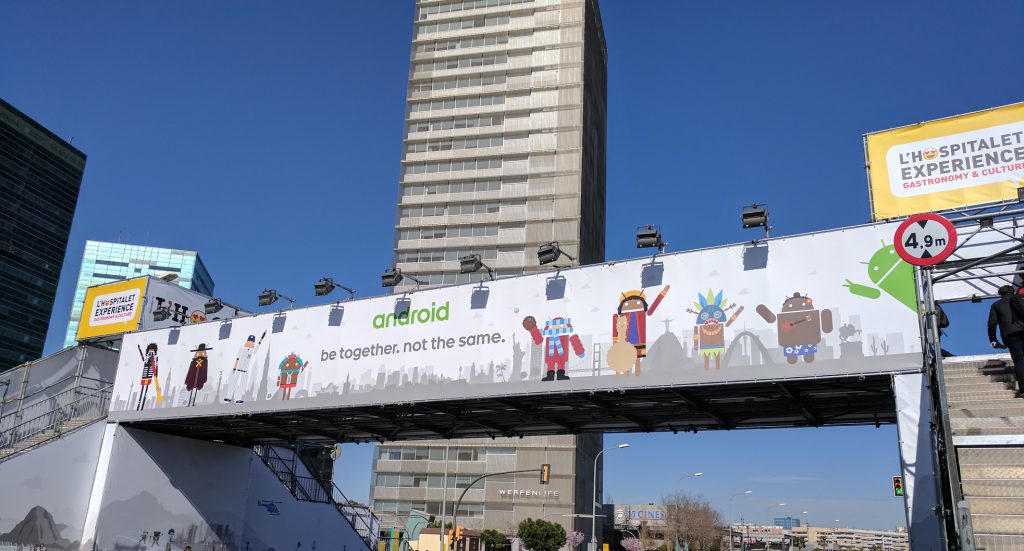 For some years now, Android has been spreading the message — and the importance — of being together, not being the same. This is seen as an important feature of the Android ecosystem; we can use the same apps, services and whatnot even though we don’t have the same hardware, and quite often, the hardware would be very different.
For some years now, Android has been spreading the message — and the importance — of being together, not being the same. This is seen as an important feature of the Android ecosystem; we can use the same apps, services and whatnot even though we don’t have the same hardware, and quite often, the hardware would be very different.
I want to leave that thought with you as I take a walk through what was announced (and what wasn’t) at MWC, for reasons that will soon become apparent.
I’ve been at two Mobile World Congresses now, and touch wood, I may be at more in the future, and having seen what I saw last year, and now this year too, I think it’s safe to say that there was a very different feeling at the two events. Why?
Is it as simple as there not being a new Samsung phone? Was it that the event somehow felt smaller this year? Was it the amount of also-ran entrants in the mobile marketplace that left me scratching my head and wondering why? No, I think it was some of these things, and some other things.
With that introduction, let’s take a look at what this congress offered in 2017:
There wasn’t a flashy, well-executed Samsung show
This really is the 800lb gorilla in the room. MWC in years past has been highlighted (and in some cases defined) by Samsung’s increasingly flashy, showy, clinical product announcements, and nowhere was this highlighted more than in 2016. The launch of the Galaxy S7 line was undoubtedly one of the largest and most successful in the company’s long history, with more than 4,000 attendees packing the room to see the phone’s well-executed announcement. DJ Koh spoke about his history with Samsung, the history of mobiles, and then showed off the best-designed phone at the show.
Nothing much could compete; LG’s announcement was showy, to be sure, but it played a definite second fiddle, and the phone played third, or maybe fourth. Huawei didn’t announce a phone, instead announcing a hybrid laptop convertible thing that faltered and then never really eventuated. Other phones were announced, but few paid much attention. No, 2016 was Samsung’s MWC, and it showed.
The show floor glowed around Samsung’s booth, which was full to the brim for two days straight. There were lines all around their booth for the new Gear VR roller-coaster experience, and it was quite literally the talk of the show.
In 2017, Samsung may as well not have been there at all. Instead of their flagship phone, they announced a range of tablets, most of them fairly uninteresting, announced more because they could be, rather than because anyone really cared. Their press conference started late, exhibited little polish, and was even interrupted by a Greenpeace protester.
That doesn’t happen at good events. It happens at poor ones.
Then there’s the effect on the show itself. Samsung’s booth had nothing to show that was really new or interesting. In fact, their booth looked unchanged from 2016. The same beige carpet. The same tired ‘product experts’ who knew very little about Samsung or their products. The same Gear VR experience, which had a line, but a much smaller one. In fact, Samsung’s booth was entirely worth missing — and that’s a big change from past years.
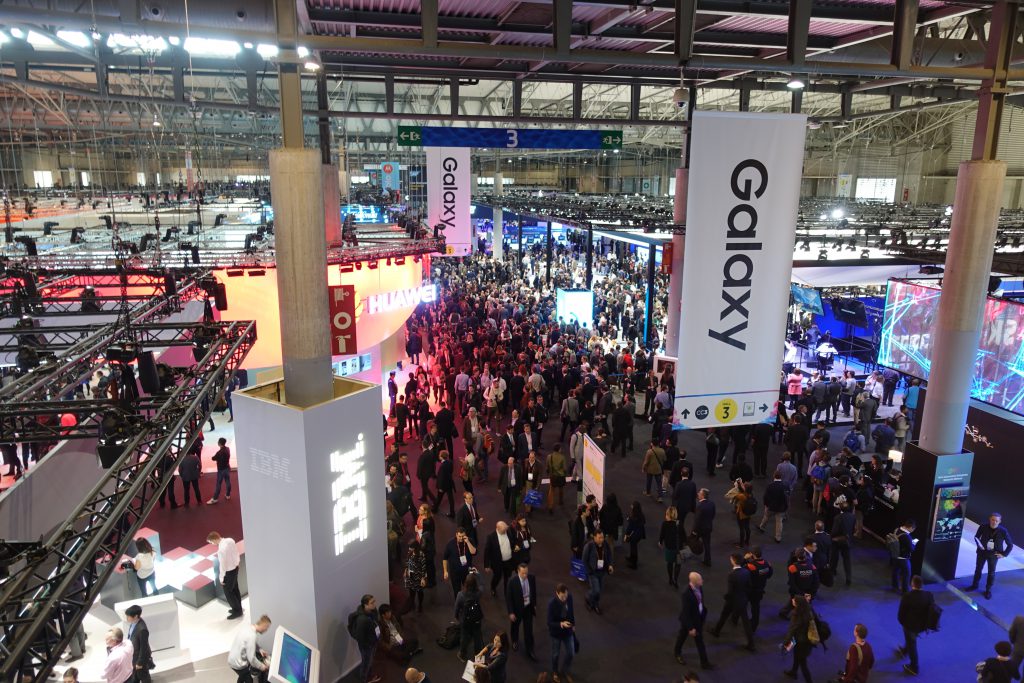
There were lots of phones announced
One thing we saw a lot of at MWC 2017 was mobile announcements, and while Samsung wasn’t among them, literally every other manufacturer had something to announce.
TCL’s BlackBerry announced probably the most unique phone of the show; while a phone with a physical keyboard felt like a bit of a throwback, the execution was simply wonderful. TCL made a phone that got people talking, and that will undoubtedly do well with the slightly older smartphone users that rather enjoyed their BlackBerry phones the first time around.
Huawei’s P10 looks to be a promising handset, although the packaging wasn’t quite as exciting as it should be, looking rather like an iPhone. As an added bonus, everyone who went to the Huawei P10 launch scored the phone to take home in full retail packaging, showing that Huawei is ready and raring to go this year. With a variety of colours (including green and blue, thanks lady from Pantone Colour Institute) and some top of the line features, the P10 felt like the (technical) best phone of the show.
LG’s G6 looks to be fairly promising as well, although most of the things which made the LG G5 unique have been resoundingly replaced or dropped. There’s no modular system, the dual-camera setup is now common in many phones, though it is now water resistant. We were able to spend a bit of time with the LG G6 post-announcement, and it certainly does feel pretty great, though I was left with a few questions in my mind about battery life … it seems to drop in front of your eyes. One hopes this is a symptom of the pre-release software on our device, rather than a deeper-seated flaw.
Motorola launched the Moto G5 and Moto G5 Plus, and going off Duncan’s reports, these two phones sound rather promising, with the G5 Plus including a dual-camera setup, and both likely to be sales successes with mid-range pricing. The Moto G 3 and G 4 range have been hugely successful here in Australia, and there’s every reason to believe that the Moto G5 will be as well.
Even Sony launched a new phone, or three, — the Xperia XZ Premium — which didn’t seem to offer that much which was really, truly different. It has 960fps image capture, subject to a few fairly significant footnotes, but once you take that out of the equation, there wasn’t too much else to really capture the eye. The vibe around the show floor was that perhaps the XZ Premium might be a bit of a one-trick pony, but Sony’s interpretation of Android has always been sound, so it will probably be a good phone even if it doesn’t end up being popular.
It’s true — most of the phones announced at MWC 2017 are very much like every other phone announced at MWC 2017. There’s so few differentiating factors these days, that it essentially boils down to what size and shape box it fits in. I’d argue this isn’t really a bad thing per se; it does make the announcements a little bland for us in the tech press, but really, we’re not the ones that matter. The phone makers are making their pitch to consumers, and in that regard, the pitches are all strong for products which are all capable.
Whether you choose a Huawei P10, LG G6, Samsung S8, Sony Xperia XZ Premium, or save a bit of money and go a Moto G5 or BlackBerry KEYone instead won’t come down to which has the feature you want — those features will be in them all. It will likely come down to personal preference, and you shouldn’t have to forgo anything to get the phone that you like the best.
A lot of the newer, more exciting technologies didn’t really show up
While there were a lot of mobiles at MWC, there wasn’t too much else for the consumer to get excited about. We personally wanted to see new Android Wear devices, more Google Daydream-ready products, phones with unique angles or features … but we didn’t really get that.
We had one wearable worthy of mention, in Huawei’s Watch 2, which I simply cannot wait to get one (or two) of. It promises Android Pay on your wrist, a new interface, and some fancy new designs. It looks delightful, and I know it will be popular when it comes to Australia in a couple of months. The LG Watch Sport and Watch Style were on show, too, but they weren’t announced at MWC, rather just prior.
We didn’t really have any other wearables, and Daydream VR from Google was almost completely absent. Even new and unique features were few and hard to find, with great cameras now commonplace, waterproofing (or water resistance) now almost everywhere, and designs all basically in differing forms of slate approx six inches long and two and a half inches wide, with 10mm or less thickness. Colours vary, as well as placement of fingerprint readers .. but that’s about it.
Are we living up to Android’s mantra of being together, not the same, or are we becoming too quickly mostly the same?
What did stand out at MWC, though?
Despite the increasing homogeneity of Android powered smartphones, and some questionable product announcements, there were some very cool take-outs from MWC:
- 5G is a couple of years away, and the possibilities are pretty amazing. When 5G comes, I have little doubt we’ll see the next revolution of smartphones.
- Internet of Things is truly everywhere, but doesn’t seem to offer much of immediate interest to the consumer. Indeed, most IoT solutions and products are aimed at enterprise and industry, with very little to entice the consumer just yet.
- The competition for your pocket has never been closer, and the consumer can benefit here; with so many features there for the picking, the consumer can make some quality choices in 2017. It doesn’t seem like there’ll be a sudden drop on pricing anytime soon, at least for the flagships. Some phones (like the Moto, BlackBerry and Alcatel offerings) do start at a very much more competitive price point, and they’ll likely do pretty well.
Personal highlights
Perhaps the biggest highlight of the show was a soft one; being able to take two of my mates from Ausdroid to the biggest show in our industry and let them see first hand what a mad time it can be, how to get the most value from it, and have fun in a foreign city. Mobile World Congress is a hell of an experience, one that I don’t think is matched by CES, IFA, or other similar shows. It brings together press from around the world to discuss all things mobile, and for the inner geeks in us, that experience is unrivalled.
We also got some time to hang out with each other; Ausdroid is often a solitary experience – we don’t work in a shared office, we don’t see each other too regularly – and being able to spend a week with my mates working on our shared project, exploring MWC, sightseeing in Barcelona, podcasting each evening … it’s something I’ll remember for a while.
It’s not all joy, though. Barcelona is a long way from Australia; around 24 hours commute each way makes for a tiring journey, and our Friday arrival in Barcelona was basically a write-off, as was the day of our return. It also takes a toll on family – Duncan and I left partners at home with children – and without their support, this trip wouldn’t have happened.
Last, and by no means least, I want to acknowledge our sponsors who made the trip financially viable. Ours is a difficult industry, where the big players rake in the advertising dollars, and smaller players like Ausdroid struggle to get by — we can’t just afford to up and take three people to Barcelona, we rely on the support of others to make that happen. Our audience — you guys — is what makes this worthwhile for us, and equally, what makes it worthwhile for sponsors to get on board. Alcatel / TCL see the value in what we do, and were quick to offer sponsorship to help make the trip happen. Huawei and Motorola / Lenovo, too, understand the value of speaking directly to our audience, and we appreciate their support in making our coverage possible.
Vodafone jumped on board too with mobile roaming support, allowing us to spend time focusing on what we were there to do, instead of worrying about how much data we were using and what it would cost.
We couldn’t have made this happen without the immeasurable support from you guys, our audience, and our team members back home filling in the gaps in our coverage.
There’s two things are certain — I can’t wait to see these phones launch into Australia, nor to see what Samsung do at month’s end, and it’s good to be home.

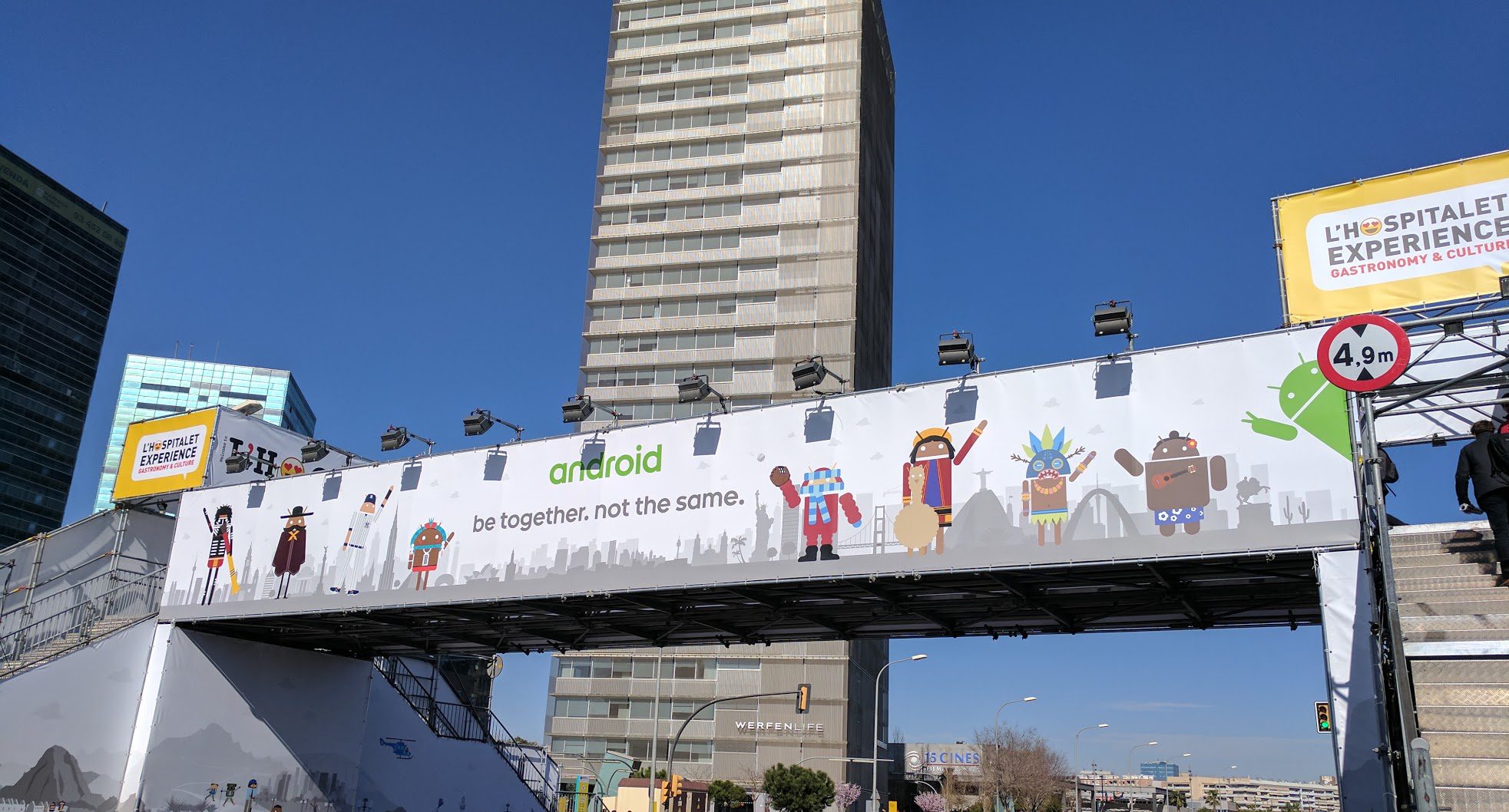

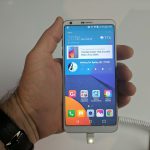
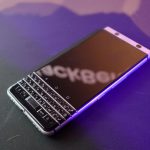
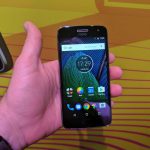
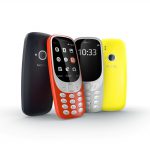
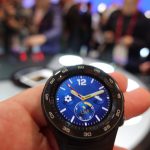
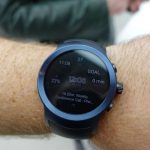
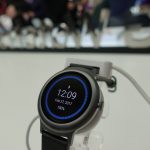



Nice to read a bit about the human side Chris. Good to hear you boys had fun too! Pretty sure I’ll be grabbing a Moto G5 Plus for someone in my family and I’m hoping for at least 3GB RAM and a price tag under $400. Also, I love the idea of an Operating System that tries to include everyone rather than excluding some because they are different.
Sony Xperia Z5 Premium “didn’t seem to offer that much which was really, truly different”… um, did you miss that first-in-a-mobile-device 4K HDR screen by only look at the back of the phone? 🙂
No, we were aware of that, but didn’t really see a huge value in it. 4K is only used by media; the rest of Android will simply upscale to the 4K screen. It’s an inclusion, but just not something that struck me as a genuine value proposition. Same as the ultra slow motion camera.